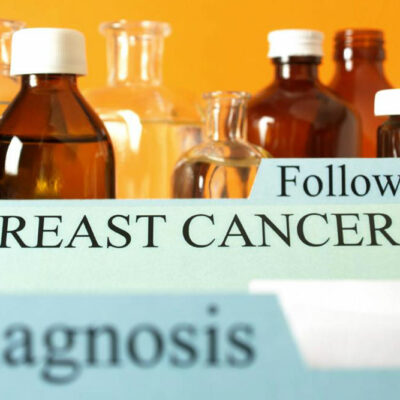
Health
4 Treatment Options for Rheumatoid Arthritis
If you or a loved one is diagnosed with rheumatoid arthritis, the most pragmatic thing to do would be to first understand what the treatment options are. Take the time to find out whether there is only one kind of standard treatment or a combination of treatments. More importantly, determine which treatment is appropriate for you. Rheumatoid arthritis treatment must typically address the following concerns: Inflammation and associated pain Damage caused to bones, flexible joints, and other organs of the body The speed of progression of this auto-immune disorder The side effects of medication Mobility and physical functioning Rheumatoid arthritis cannot be prevented or cured completely. However, the management of this condition is possible. There are a variety of medicines and surgical procedures that help treat rheumatoid arthritis: 1. Painkillers When there is a pain, the most widespread tendency is to instantly pop an over-the-counter painkiller to alleviate it. It is no different for patients with rheumatoid arthritis. But, apart from temporary pain relief, there is no other advantage of these medications. If there is acute pain, doctors sometimes prescribe opioids too. 2. Non-steroidal anti-inflammatory drugs (NSAIDs) NSAIDs, on the other hand, work to reduce pain and local inflammation. These are available in many forms (as over-the-counter medicines or prescription drugs).
Read More 















